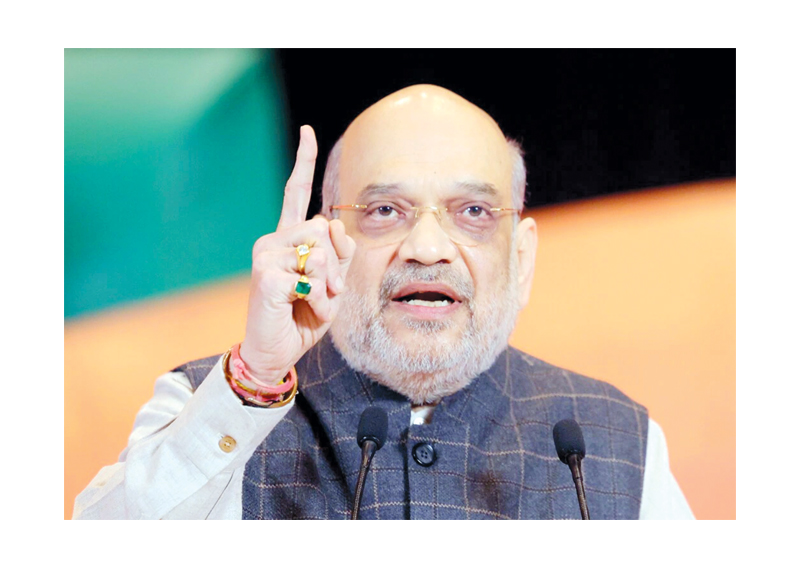New Delhi: Union Home Minister and Minister of Cooperation, Shri Amit Shah, today met with officers instrumental in recent anti-Naxal operations, commending their “historic success” and reaffirming the Modi government’s unwavering commitment to eradicating Naxalism from India.
The Minister’s remarks, made here and echoed in a post on X, highlighted significant breakthroughs in the fight against Left-Wing Extremism (LWE), particularly in Chhattisgarh. Shri Shah expressed his eagerness to personally meet the brave jawans who made these operations successful and announced an upcoming visit to Chhattisgarh to honor them.
Recent operations have delivered substantial blows to the Maoist leadership, including the neutralization of key figures like CPI (Maoist) General Secretary Basavaraju alias Gaganna in an encounter in the Abujhmad region on May 21, which also resulted in the elimination of 26 other Naxals. Another major success involved the killing of top Maoist leaders Narasimha Chalam alias Sudhakar and Bhaskar alias Mailarapu Adellu in Bijapur earlier this month, following a series of encounters where seven Maoists were neutralized.
These successes are part of a broader, intensified strategy by the Narendra Modi government to root out Naxalism by March 2026. This multi-pronged approach includes:
- Ruthless Action: Increased deployment of forces, modern weaponry, and advanced intelligence gathering, including drones and satellite imaging, to track and neutralize Naxal elements.
- Expansion of Security Footprint: Establishment of numerous new Forward Operating Bases (FOBs) and fortified police stations in previously inaccessible areas, enhancing the state’s dominance.
- Disruption of Funding and Supply Chains: Efforts to squeeze Naxal finances, including implementing online payment systems to curb extortion from contractors and tendu patta plucking.
- Development and Outreach: Simultaneous implementation of development schemes in affected districts, providing infrastructure, mobile connectivity, healthcare, education, and skill development to integrate local populations into the mainstream and counter Naxal narratives.
- Coordination: A robust three-tier coordination system between central and state ministries, state and district levels, and central and state law enforcement agencies.
Officials have noted a significant decline in Maoist-related violence and deaths over the past decade, with incidents dropping by 48% and deaths by 65% between 2013 and 2023.
Chhattisgarh, though still the worst-affected state, has seen intensified operations leading to a substantial weakening of Maoist infrastructure.
The increasing number of surrenders and recruitment of local tribal youth into security forces like the District Reserve Guard (DRG) further underscore the shifting dynamics in the conflict.
The Home Minister’s strong words and the ongoing operational successes reflect the government’s resolve to achieve a “Naxal-free Bharat,” ensuring peace and development in regions long plagued by extremism.


